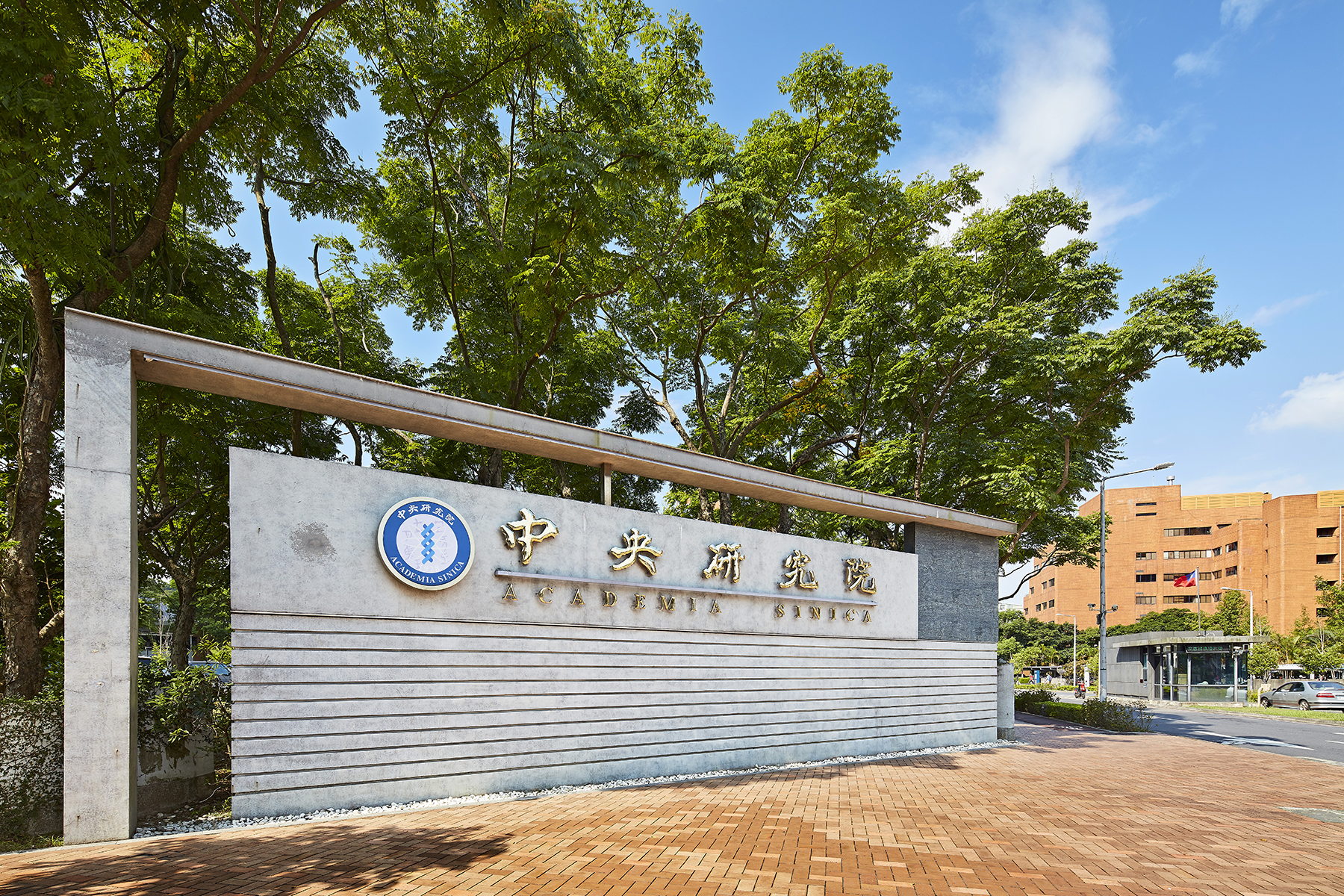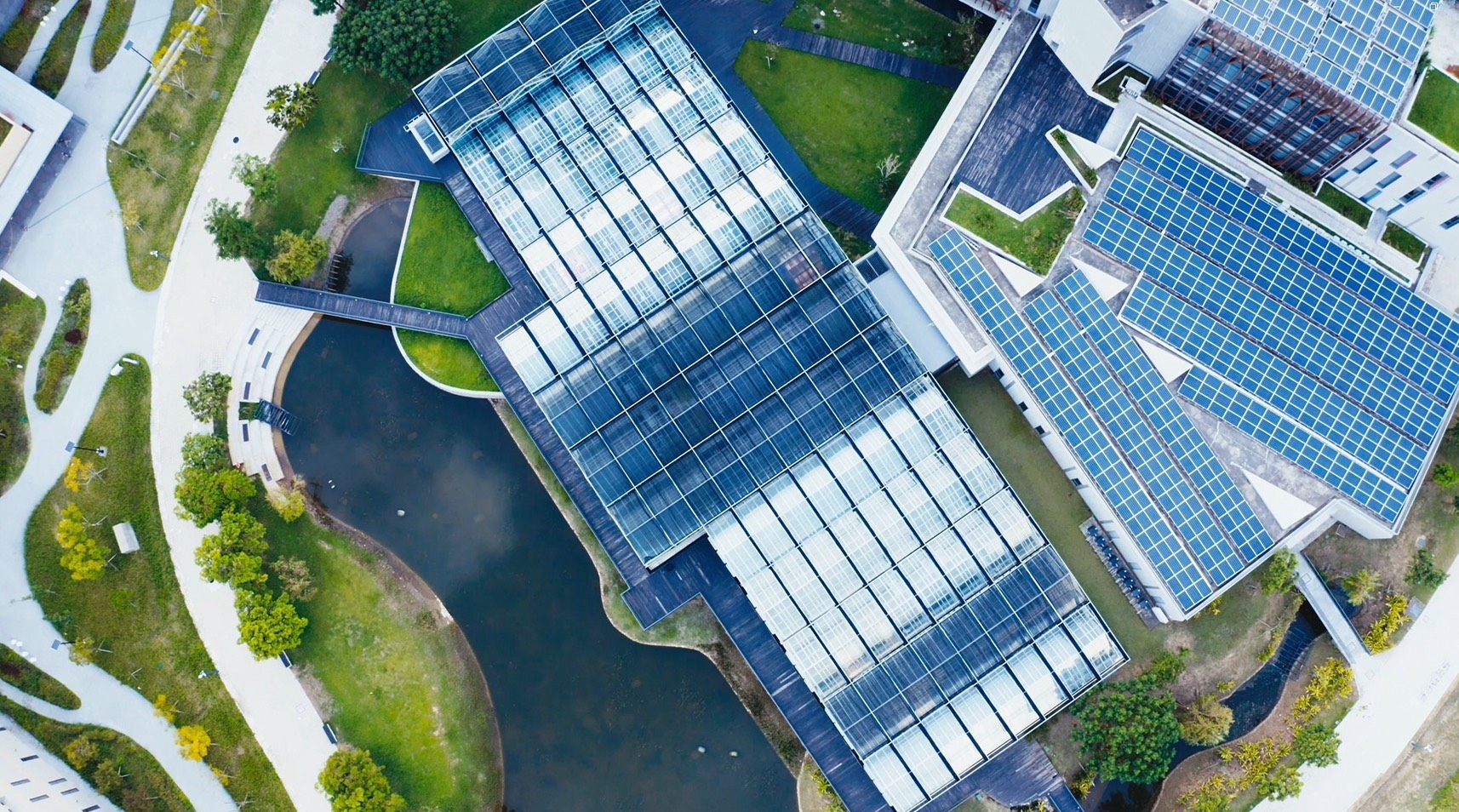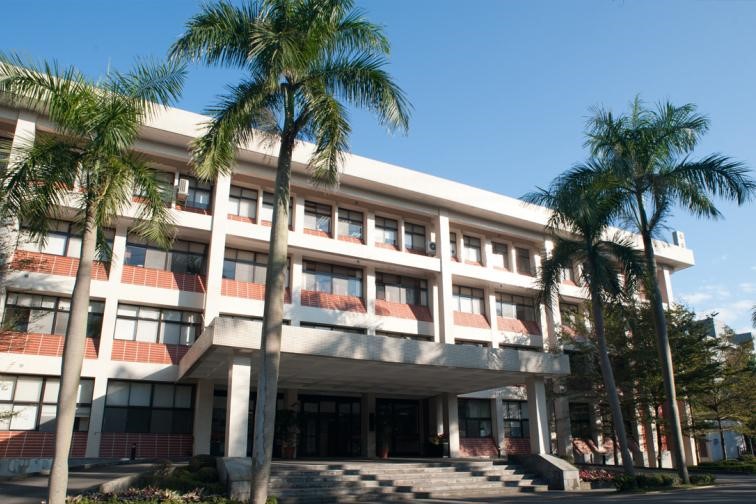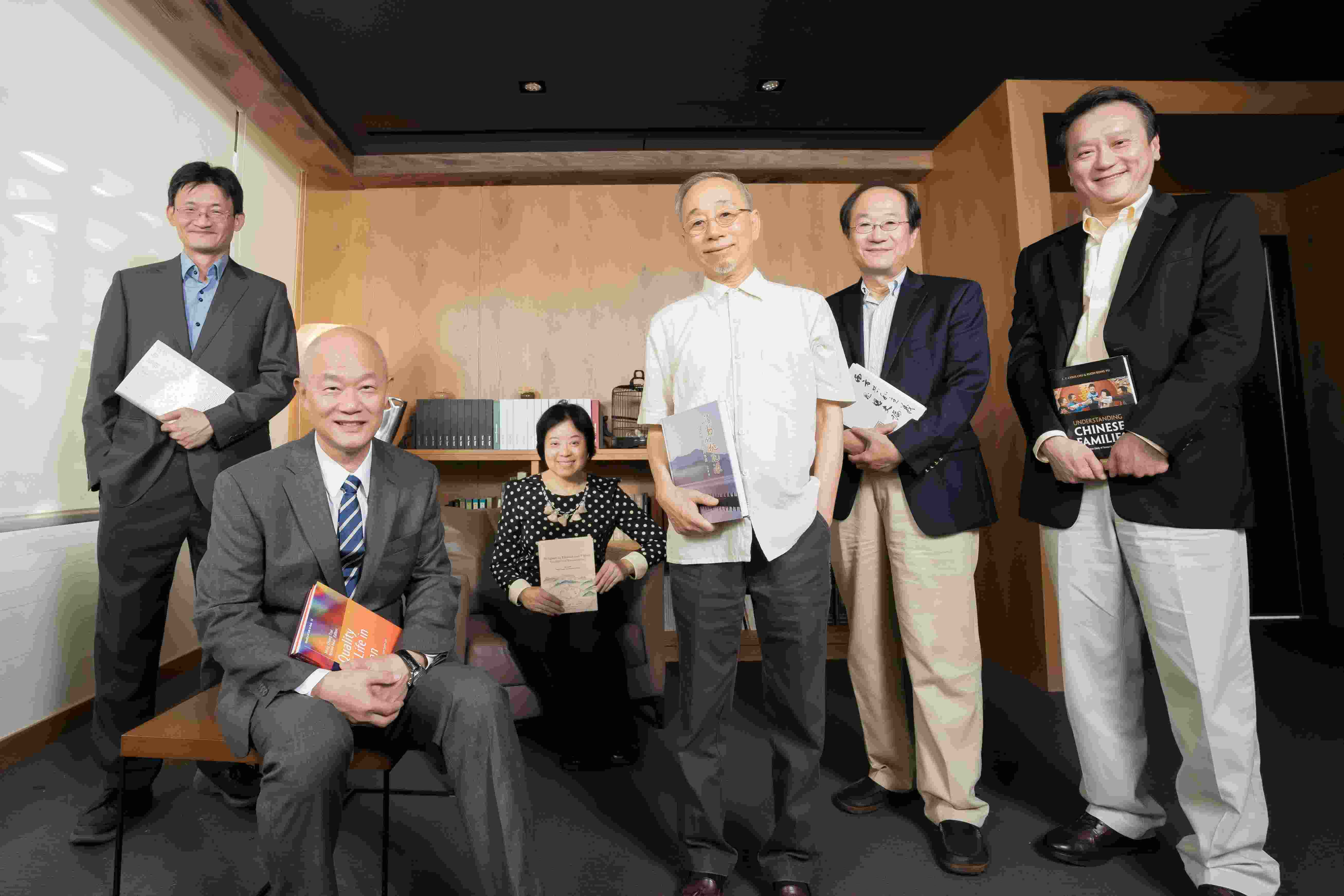Date: 2024-06-11
Hydrothermal vent systems are thought to be the most like the sites on Earth where life began. The shallow-water hydrothermal vent system on Kueishan Island offers marine biologists an exceptional research possibility. Dr. Yung-Che Tseng (Institute of Cellular and Organismic Biology) and Dr. Tzu-Hao Lin (Biodiversity Research Center) took advantage of the Marine Research Station to establish comprehensive research tactics that included marine physicochemical, biological, and soundscape aspects of the hydrothermal vent systems. For the first time, they carefully tracked, over a two-year period and across multiple habitats (including the venting system and surrounding coral reef ecosystems).
The research team's findings reveal that shallow earthquakes in close proximity to the vent sites trigger periodic changes in hydrothermal discharge, resulting in significant fluctuations in pH levels, dissolved inorganic carbon, and sulfide concentrations during active venting periods. These variations in physicochemical conditions, in turn, influence the soundscapes of the surrounding marine habitats. Remarkably, the environmental characteristics exhibit notable differences between various geologically active periods, underscoring the complexity of hydrothermal vent impacts. Furthermore, the study suggests that even distant coral ecosystems may be indirectly affected by hydrothermal activity through seasonal changes in soundscapes.
These discoveries provide insight into the origins of life and the evolution of early Earth settings facilitated by hydrothermal vent systems, as well as novel perspectives on monitoring and conserving extreme marine ecosystems. The study report was published in Limnology and Oceanography Letters in May 2024, with the co-first author being Ling Chiu (Ph.D. candidate at the Institute of Oceanography, National Taiwan University) and Dr. Min-Chen Wang (Institute of Physiology, Christian-Albrechts-University Kiel). The Academia Sinica's Development Award Project, the Marine Research Station, and the National Science and Technology Council provided funding for the study.
-
Link









 Home
Home

